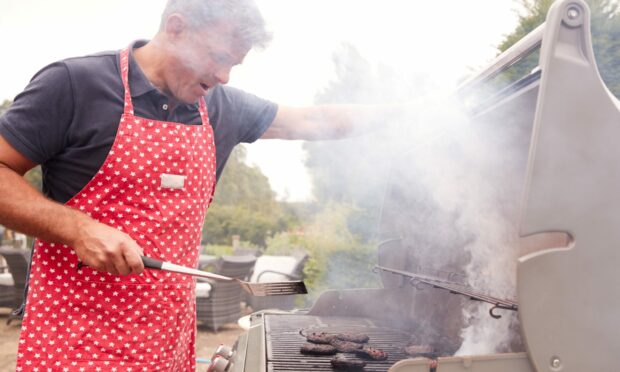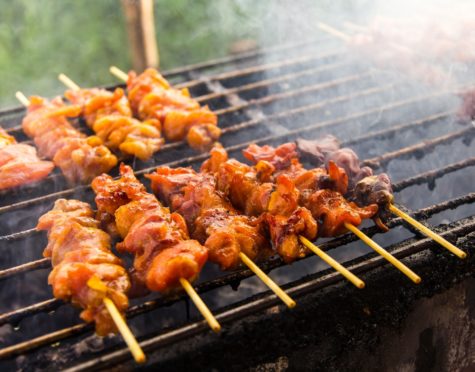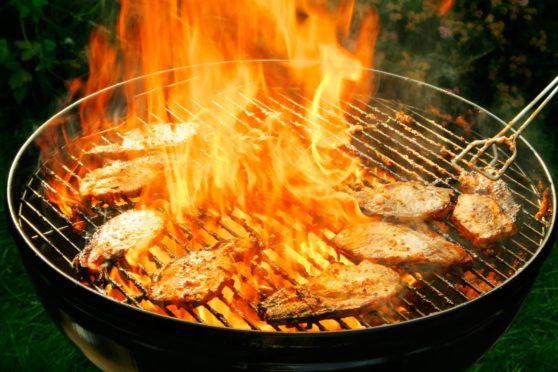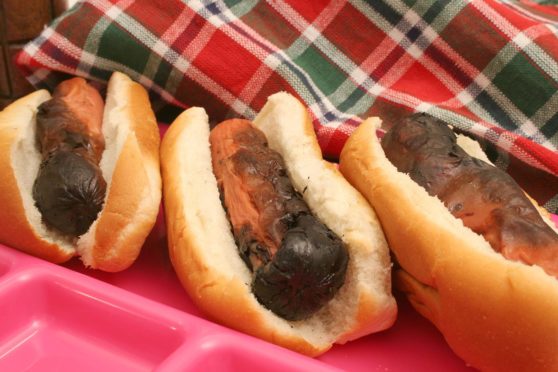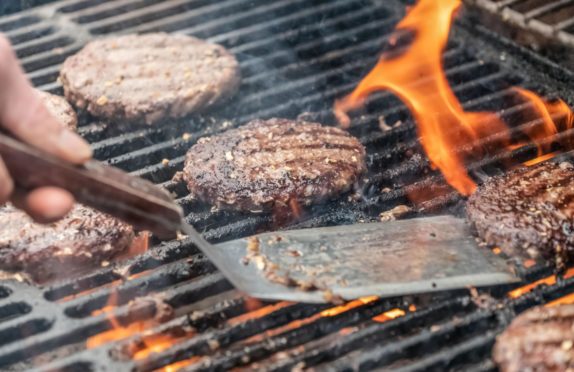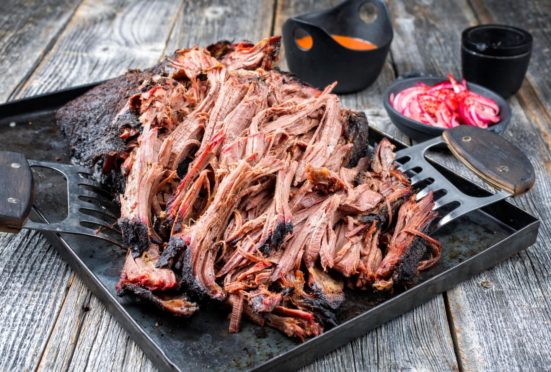National Barbecue Week began yesterday and many of us will be thinking about some alfresco cooking. We show you how to avoid any disasters.
While we get can’t get all of our friends and family around just now, we can still enjoy a small gathering and a barbecue is a great way to socialise.
But one of the big questions is what to cook on the barbecue? And another important thing to consider is avoiding those disasters!
There are a number of catastrophes that can occur when hosting a barbecue.
Unfortunately, the biggest setback is one that is simply unavoidable, the rain, so always have a plan B when you are organising a barbie – many have cooked in the rain while their guests are enjoying themselves indoors.
What is true about barbecues is that many people who cook on them do so only once or twice a year, so barbecue blunders can easily befall them.
Follow our three top tips and hopefully everything will go smoothly.
Raw or not fully cooked food
This is the biggest calamity that can strike at a barbecue. Picking up some food poisoning is not what your friends and relatives have come for, so make sure your food is perfectly cooked.
Chicken can be the main problem, but to be on the safe side you can pre-cook your meat by either poaching it or putting it in the oven. That way you know it will be cooked through and you can finish it off on the barbecue to achieve that classic smoky flavour.
Also, be careful with your red meat. Your burgers, for instance, may look cooked when they are charred on the outside but could still be a little raw on the inside. Simply cutting into one will allow you to see the juices run clear giving you the confidence they are ready.
Don’t lose your eyebrows – or worse!
It looks like theatre, but a sudden flare-up on the barbecue that gets some “oohs” could leave you with some “arghs” as your eyebrows are burnt off!
Fat is the main cause of the flare-ups so when you finish one session of cooking, turn the heat up to burn off the excess fat and clean the grill, then you will be ready to cook again without any concerns.
If you do happen to have a flare-up, douse the flames with baking soda which works far better than water, or if you have a lid on the barbie simply close it for a few minutes.
Don’t be hot stuff
You might think that a really high temperature is the way to cook on the barbecue, but it’s not.
Getting the cooking temperature correct will help you avoid issues in point one and also stop you from cremating the food.
If you are using a charcoal grill, then you will know when the barbecue is ready to cook on as the flames will have died down and the coals will resemble ash and glow red.
If you are using a gas barbecue, light it 5-10 minutes before you plan on cooking it, set it to the highest temperature and close the lid. When ready to start cooking reduce the temperature to medium and you are good to go.
Most popular foods for the barbecue
Online suppliers of quality produce Eat Great Meat have analysed the foods we’ve all been purchasing as the weather has started ramping up, to reveal the most popular ingredients for your barbecue this summer.
The research analysed the increase in barbecue-related food searches for the first heatwave of the summer in June, when temperatures peaked at 27 degrees.
Overall, beef saw the largest increase in popularity due to the surge in temperatures, with 488% more interest in barbecue-related beef search terms during the heatwave.
Bacon came in second, seeing a 400% increase in barbecue-related search terms, followed by salmon with a 367% increase in interest.
The research also compared the popularity of the two main barbecue types. Charcoal barbecues saw an increase in interest of 138%, versus an increase in gas barbecues of 113%.
Beef is fantastic for the barbecue, in particular charcoal barbecues, as the smokiness is infused into the meat, resulting in a flavourful main dish that guests and family will enjoy.
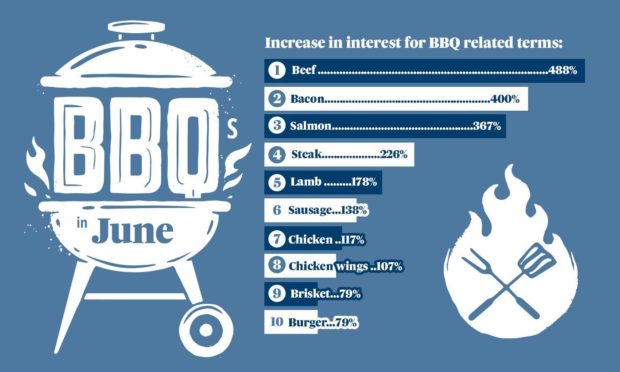
“Different cooking styles”
Noel Bramall, of Eat Great Meat, said: “There are so many different cuts of beef to choose from that suit different cooking styles, timings, and palettes.
“If you’re after a shredded barbecue beef style main, I’d recommend picking up a harder working, tougher cut of meat like beef brisket. These can be slow-cooked on the barbecue in indirect heat for up to eight hours.
“For a quicker cooking time, pick up a rib of beef cut or rolled sirloin. The rib cut can take around two to two and a half hours to cook in indirect heat, while a sirloin cooks faster.”
“Barbecues are one of the most enjoyable, sociable events that you can host outdoors this summer. Nothing can beat a day in the garden, enjoying good food, and relaxing in the sun. Make the most of this summer with a barbecue, and be sure to stock up on the UK’s most popular barbecue foods for your guests.”
Read more about cooking on a barbecue …
Summer Sizzlers: Get fruity on the grill with this super tasty chicken ciabatta
